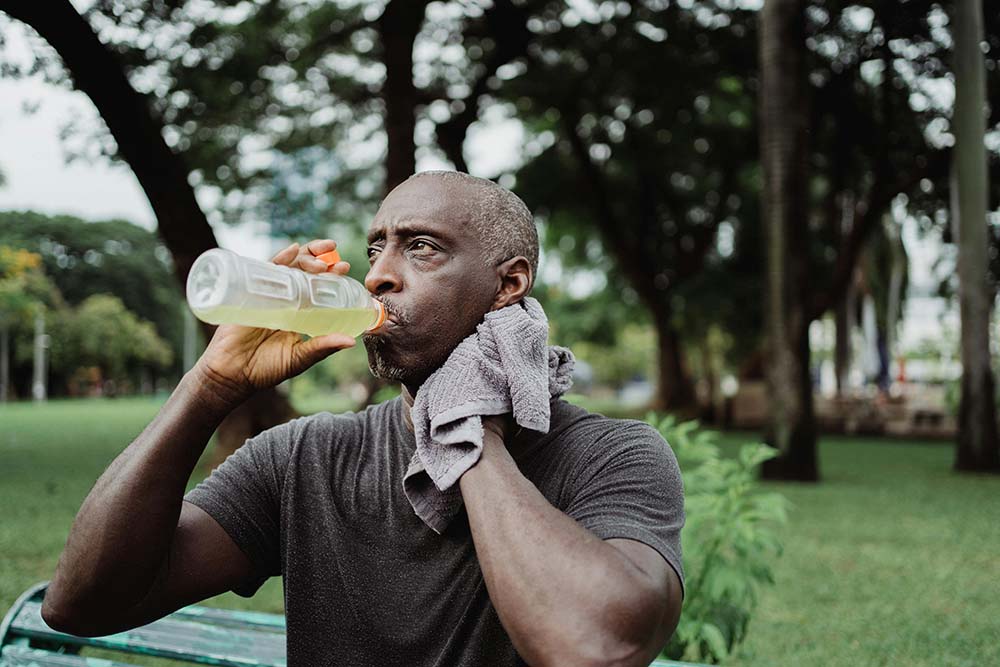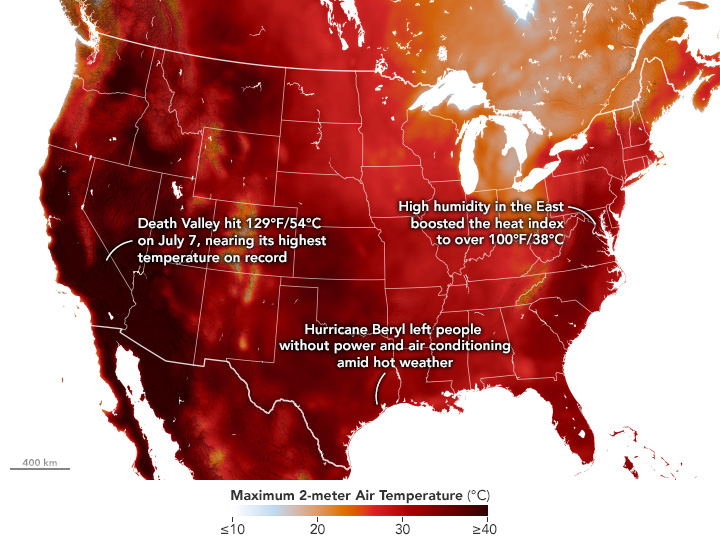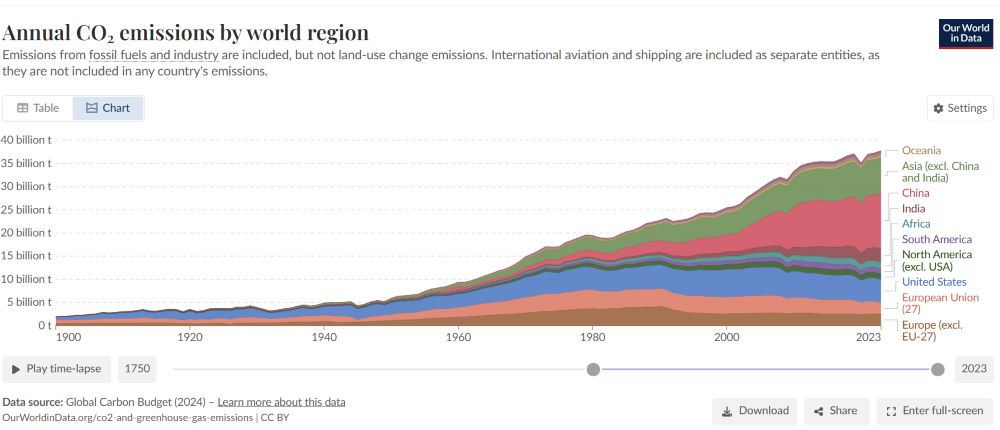As we are just now starting to see some minor reprieve from the country-wide heatwaves referenced in my previous blog post, I thought it would be fitting to share some information on how to identify and handle heat-related illnesses. While things may have started to cool down in some parts of the country (but not all), we should expect more heatwaves throughout the rest of the summer.
Extreme heat can have harmful, even deadly, effects on health. Here are some tips on how to prepare for extreme heat:
- Drink plenty of fluids
- Avoid alcohol and liquids with caffeine
- Wear lightweight, light colored, loose-fitting clothing
- Rest during the day in shady or cool areas
- Wear a hat and sunglasses when outdoors
- Increase time outdoors in extreme heat gradually. This will allow your body to acclimate to the heat.

Sometimes, preparation for extreme heat is not enough. Heat-related illnesses can occur in people of all ages. It is important to know the signs of heat-related illness as well as what steps to take when heat-related illness is identified. Below are some of the different types of heat-related illnesses, as well as what signs to look for.
Heat-related illnesses
Heat stroke
Heat stroke is the most serious heat-related illness. Heat stroke happens when the body can no longer control its temperature.
Symptoms to look for:
- Confusion
- Hot, dry skin or heavy sweating – body temperatures can rise to 106 degrees or higher within 10 – 15 minutes
- Seizures
- Loss of consciousness
- Slurred speech
- Heat stroke can be fatal, or cause permanent disability, if not treated
- Rapid heart rate
Heat exhaustion
Heat exhaustion occurs when the body has lost an excessive amount of water and salt, typically through sweating.
Symptoms to look for:
- Fatigue
- Nausea or vomiting
- Dizziness
- Profuse sweating
- Decreased urine output
- Elevated body temperature
- Fast heart rate
- Irritability
- Thirst
Heat cramps
Heat cramps occur when sweat depletes the body’s salt and moisture levels. Low levels of salt in the muscles can cause painful cramps.
Symptoms to look for:
- Usually occurs in legs, arms, or trunk
- Muscle pain or spasms
Heat syncope
Fainting or dizziness that usually occurs when standing for too long or standing up suddenly. Dehydration can contribute to heat syncope and so can a lack of acclimatization to the heat.
Symptoms to look for:
- Dizziness
- Fainting
Heat rash
Heat rash is a skin irritation caused by excessive sweating during hot, humid weather.
Symptoms to look for:
- Appears most often on the neck, upper chest, and skin folds
- Appears as clusters of red bumps on the skin
Rhabdomyolysis
Rhabdomyolysis is a medical condition that causes the rapid breakdown, rupture and death of muscle. It’s associated with heat stress and prolonged physical strain.
Symptoms to look for:
- Muscle cramps or pain
- Abnormally dark urine or reduced urine output
- Weakness
- Exercise intolerance
Oftentimes, when someone is experiencing heat-related illness, it is difficult to diagnose which of the illnesses they are experiencing. When any of the above symptoms is present, provide first aid immediately – the severity of these conditions can quickly intensify and lead to fatalities.
Here are OSHA recommended First Aid actions:
- When in doubt, call 9-1-1 for emergency care
- Move the person experiencing heat-related symptoms to a cooler area (air conditioning or shade)
- Remove outer clothing – especially heavy layers
- Stay with the person experiencing heat-related symptoms until medical help arrives
- Cool them with water or ice. In an emergency, an ice bath is the best method to cool someone down rapidly
- Wet their skin
- Soak their clothing with cool water and place on the neck, head, and armpits
If in doubt or unsure of how to proceed, call 911.
Stay informed to protect yourself to what may be our new normal — very hot summers.
Resources:
- CDC heat-related illness: https://www.cdc.gov/niosh/topics/heatstress/heatrelillness.html
- OSHA Heat-Related Illnesses and First Aid: https://www.osha.gov/heat-exposure/illness-first-aid
- Johns Hopkins Medicine Heat-Related Illnesses: https://www.hopkinsmedicine.org/health/conditions-and-diseases/heatrelated-illnesses-heat-cramps-heat-exhaustion-heat-stroke










